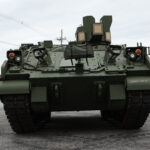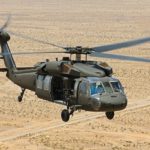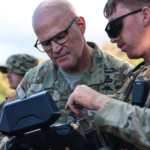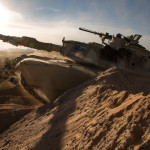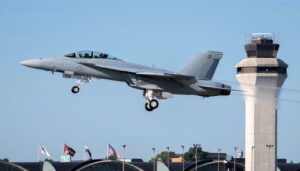
The Army on Monday outlined a new “space vision” for multi-domain operations, emphasizing an “urgent need to invest more in space capabilities and formations.” The two-page document specifically highlights a need to get after the integration of a range of space capabilities to support priorities such as deep sensing as well as improving the ability to “interdict adversary space capabilities by delivering necessary fires and effects at echelon.” “According to the vision, by leveraging Army, joint and coalition space capabilities,…

 By
By 